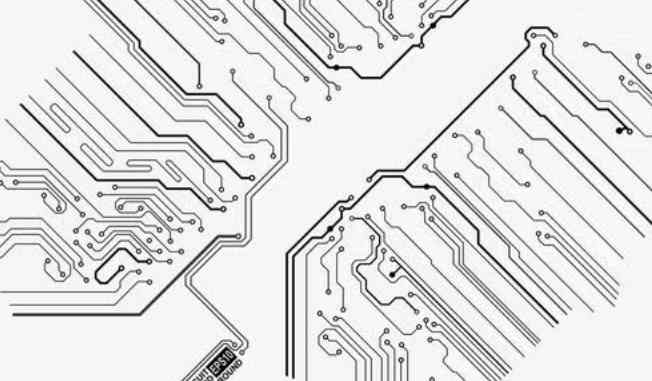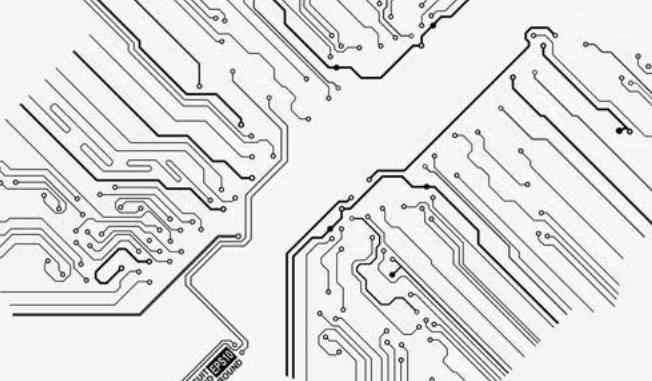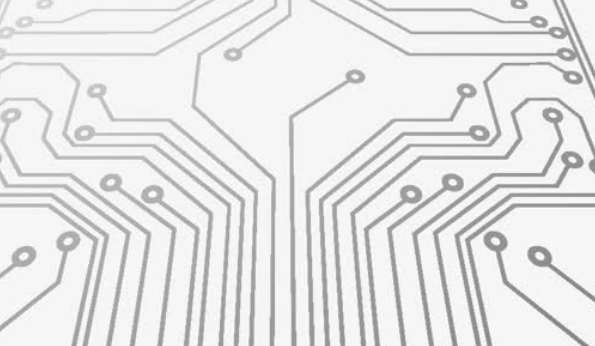
Since the IBIS model is not suitable for describing active circuits, it is not suitable for many Gbps devices that have pre-weighted circuits to compensate for loss. Therefore, in the design of gigabit systems, the IBIS model will only work effectively if:
1. Differential device operating in magnification area (linear V-I curve)
2. The device has no active preweight circuit
3. The device has a pre-weighted circuit but does not start (enabling pre-weighted in short interconnected systems may result in worse results)
4. The device has a passive preweight circuit, but the circuit can be separated from the bare chip of the device.
Spice model is more suitable when the data rate is 10Gbps or above and the output waveform is more like a sine wave.
Loss effect
As the signal frequency increases, the attenuation on the transmission line cannot be ignored. In this case, the loss caused by the equivalent resistance of the conductor in series and the equivalent conductance of the medium in parallel should be considered, and the lossy transmission line model should be used for analysis.

The equivalent model of lossy transmission line is shown in Figure 1. It can be seen from the figure that the losses are characterized by equivalent series resistance R and equivalent parallel conductance G. Equivalent series resistance R is the resistance caused by DC resistance and skin effect. Dc resistance is the resistance of the conductor itself, which is determined by the physical structure of the conductor and the resistivity of the conductor. When the frequency increases, the skin effect comes into play. The skin effect is the phenomenon that the signal current in the conductor concentrates on the surface of the conductor when the high-frequency signal passes through the conductor. Inside the conductor, the signal current density along the conductor section decreases exponentially. The depth when the current density decreases to the original 1/e is called skin depth. The higher the frequency, the smaller the skin depth, resulting in increased resistance of the conductor. Skin depth is inversely proportional to the square root of frequency.
Equivalent shunt conductivity G is also called Dielectric Loss. At low frequencies, the equivalent shunt conductance is related to the bulk conductivity and equivalent capacitance of the medium, while at higher frequencies, the dielectric loss Angle begins to play a dominant role. Dielectric conductivity is determined by dielectric loss Angle and signal frequency.
Generally speaking, skin effect loss plays a major role when the frequency is less than 1GHz, and dielectric loss dominates when the frequency is above 1GHz.
The dielectric constant, dielectric loss Angle, conductor conductivity and cutoff frequency can be set in the simulation software. The software will consider the influence of skin effect and dielectric loss according to the structure of the transmission line in the simulation. If the simulation attenuates, the corresponding cutoff frequency must be set according to the bandwidth of the signal, which is determined by the edge rate of the signal. There is little difference between the edge rate of many 622MHz signals and that of 2.5GHz signals. In addition, it can be seen in the model of lossy transmission line that the equivalent resistance and conductance vary with the frequency.
The loss slows the rise edge of the signal, that is, the bandwidth of the signal is reduced, and the loss reduces the amplitude of the signal. On the other hand, it is good for suppressing signal overshoot.
The loss is also affected by the crosstalk of the transmission line, which is determined by the physical structure of the transmission line, coupling length, signal strength and edge rate. After a certain length, the crosstalk will be saturated, but the loss will not necessarily increase.
Over hole and connector effects
The signal is transmitted to the other side of the board through the hole. The vertical metal part between the boards is an uncontrollable impedance, and the inflection point from the horizontal direction to the vertical direction is a breakpoint, which will produce reflection and should be minimized.
In the design and simulation of gigabit system, it is necessary to consider the influence of the hole and have the hole model. The model structure of the hole is in the form of series resistance R, inductor L and parallel capacitor C. According to the specific application and precision requirements, multiple RLC structures can be used in parallel, and the coupling with other conductors is considered. In this case, the through-hole model is a matrix.
There are two methods to obtain the through-hole model. One is to obtain it through testing, such as by TDR, and the other is to extract it according to the physical structure of through-hole through 3D Field Solver.
The through-hole model parameters are related to the PCB material, laminate, thickness, pad/backpad size, and the connection mode of the connection to which it is connected. In the simulation software, different parameters can be set according to the accuracy requirements, and the software will extract the model of the hole according to the corresponding algorithm and consider its influence during the simulation.









